#Spawning
Explore tagged Tumblr posts
Text



I'm a little behind in posting this, but in June I finished up a second mural at John MacLure Community School.
I decided to illustrate he salmon life cycle in almost a story book or colouring page theme. The mural is located in a large "nook" in the hallway at the main entrance featuring two spawning sockeye. Trailing behind behind the mural is additional flowing imagery of salmon eggs, fry, and alevin. It was a challenge taking a full photo of the space due to limitations of the hallway space and lighting. You can also see the Thunderbird mural I created last year out the window.
#frettchanstudios#indigenous#native art#chantelle trainor-matties#indigenous artist#painting#art#indigenous art#british columbia#artist#mural#salmon#salmon run#spawning#mural art
1K notes
·
View notes
Text

79 notes
·
View notes
Text
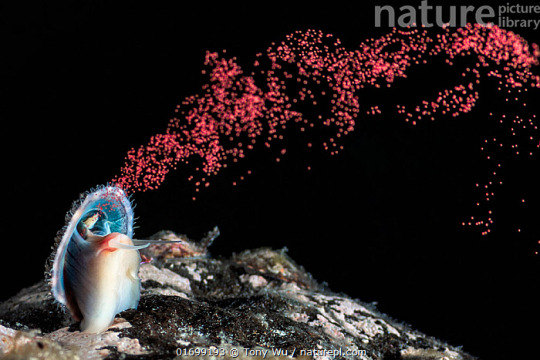
Female limpet (Lottia emydia) spawning, releasing a stream of eggs into the water. Hokkaido, Japan.
Photographer: Tony Wu
79 notes
·
View notes
Text
#238
The salmon swim upstream to spawn; fishermen and beasts alike gather to try and catch the rarest: a golden fish, rumored to grant a wish to those that eat its flesh.
—
Today’s campaign:
Saleh Abu Sardana, from Vetted Gaza Evacuation Fundraiser List. (#326)
€1,665/€30,000 [6%]
#writing prompt#creative writing#writing#writeblr#palestine#Vetted Gaza Evacuation Fundraiser List#olm original#fish#salmon#spawning
8 notes
·
View notes
Text







Some fishy creations. Let me know which one you like the best 🙂
2 notes
·
View notes
Text

The Science Research Notebooks of S. Sunkavally, page 374.
#chloroquine#metronidazole#twenty ray starfish#squirrel fish#North Atlantic mackerel#spawning#limpets#coral reef#species diversity#satyendra sunkavally#theoretical biology#manuscript#notebooks#diaries#handwriting
2 notes
·
View notes
Note
a place to store all ur excess humans <3
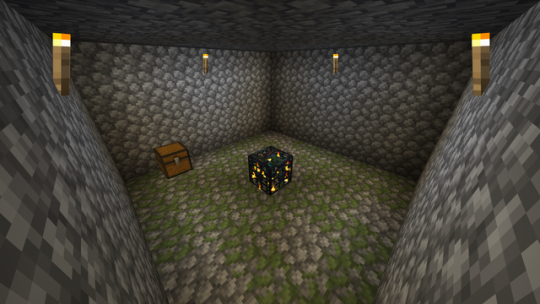
i . thanm you . spawner
3 notes
·
View notes
Text
How Nessie And The Yeti Birthed A Global Cryptid-Chasing Industry
From the Mists of Loch Ness to the Wilds of Australia, Fantastical Beasts are Spawning a Lucrative—and Controversial—Form of Tourism.
— By Ronan O’Connell | Saturday June 24, 2023
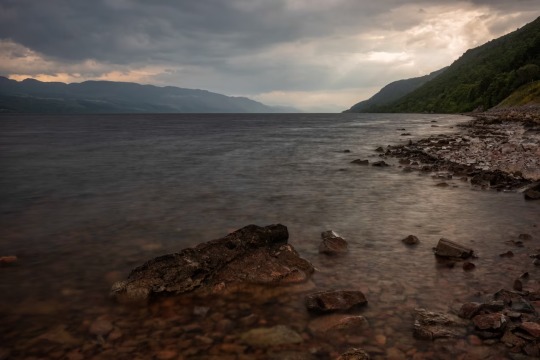
Loch Ness, a deep freshwater lake in northern Scotland, is one of several destinations that draws tourists with rumors of cryptids, or mythical creatures. Stories of a long-necked, swimming monster, nicknamed “Nessie,” have been circulating this lake for nearly a hundred years. Photograph By Jonathan William Cohen, Getty Images
They supposedly lurk in remote lakes, hide in dense forests, and roam snowy mountains. Yet despite being refuted by science, cryptids—fantastical beasts that probably don’t exist—have awed and terrified humans for centuries.
West Africa has the swamp-dwelling creature Ninki Nanka, Japan the monstrous Akkorokamui octopus, and Ireland the carnivorous Dobhar-chú dog-otter hybrid. But the mythical beings that seem to intrigue travelers the most remain Scotland’s Loch Ness Monster, the Himalayan Yeti, Australia’s Yowie, and North America’s Bigfoot. The last, a Chewbacca-like man-ape, helps generate over $140 million annually for the U.S. economy, according to the International Cryptozoology Museum in Portland, Maine.
These cryptids have inspired festivals, movies, podcasts, and a niche field of study called cryptozoology, the search for magical creatures. They are the focus of boat cruises and wilderness excursions and lend their names to bars, hotels, restaurants, and even an airline. Just before the COVID-19 pandemic emerged, one Scottish company spent nearly $3 million on a new visitor center linked to the legendary serpent of Loch Ness.
Whether people believe in cryptids or not, cryptotourism offers travelers the opportunity to explore under-the-radar destinations from a unique perspective. Here’s how communities from Europe to Australia and Nepal are leaning into their mystical appeal to help their tourism industries recover from the pandemic.
A Modern Legend Emerges
The world’s best-known cryptid is probably “Nessie,” the massive marine creature rumored to haunt the 800-foot-deep waters of Loch Ness. Since its first alleged sighting some 1,400 years ago, the Loch Ness Monster has stirred perpetual ripples of controversy.
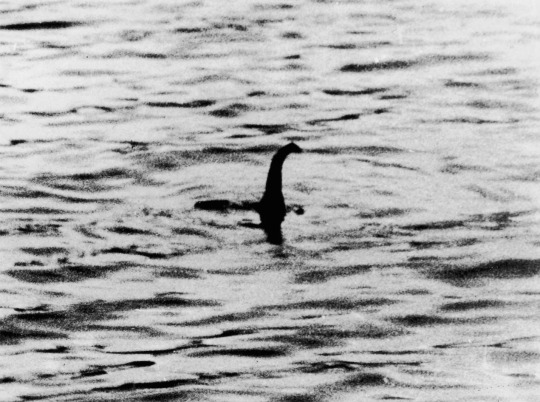
This 1934 Photo of the Loch Ness Monster drew worldwide interest to Scotland. Despite the image being exposed as a hoax in 1994, hundreds of travelers visit the loch each year in hopes of spotting the alleged beast. To date, more than a thousand people have claimed to have seen Nessie. Photograph By Keystone, Getty Images
Irish missionary St. Columba first wrote about the mythical beast in 565 A.D. Allegedly, Nessie injured a swimmer and was poised to harm another when Columba intervened and berated the beast until it retreated into the lake’s gloomy waters. Nessie spottings occurred from time to time over the following centuries, further feeding the myth.
In 1934 this local legend went viral when an English doctor captured a photograph of what he claimed was Nessie, its long neck and bulbous head seemingly protruding from the lake. The image triggered a string of events that turned Loch Ness from a little-known location into one of Europe’s most famous lakes.
Monster tours of Loch Ness began soon after, says Gary Campbell, who runs the official Loch Ness Monster sightings website, on which he’s logged 1,143 encounters in 26 years. By 2019 Nessie tourism was a $47 million industry.
The pandemic hasn’t diminished Nessie’s allure. In the first eight months of 2022, 149,000 visitors took lake tours with Loch Ness by Jacobite, according to Freda Newton, the company’s managing director.
“Everyone wants to believe in Nessie. We see it every day on the faces of visitors,” she says. “There is palpable excitement when people board our boats that maybe, just maybe, they’ll get a glimpse of our most elusive friend.”
Gordon Menzies, who runs Castle Cruises Loch Ness, estimates more than 70 percent of his customers visit because of Nessie. He has spent a lifetime pondering this legend. “I think it highly unlikely that a prehistoric creature still exists in here,” Menzies says. “But given the dark peaty waters of the loch, I see no reason to consider it is impossible for something which we have not yet identified to exist.”
Lore vs. Science
Though Nessie has become somewhat kitschy, Australia’s most prominent cryptid, the Yowie, is embedded deep in the lore of one of the world’s oldest communities, the Australian Aboriginals.
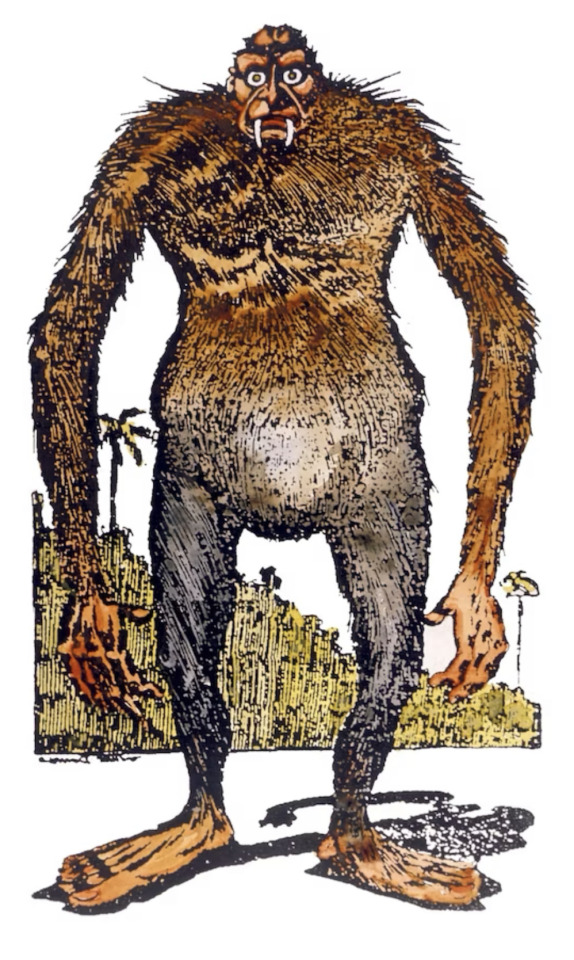
This drawing depicts the Yowie, an ape-like creature from Aboriginal folklore said to inhabit the remote reaches of the Australian Outback. Photograph By Chales Walker Collection, Alamy Stock Photos
After the British colonized the country in the late 1700s, the Aboriginals delivered them an eerie warning. The verdant forests they stole camouflaged hairy, 10-foot-tall, 800-pound bipedal monsters. “Yowies are respected but also avoided by Aboriginal people, because they can be dangerous,” says Tony Healy, coauthor of several books on Australian cryptids. “The [Aboriginal] elders I spoke to see Yowies as something like a guardian spirit of the landscape.”
The earliest rumored Yowie sighting was in the 1830s, when a European man fired his musket at one of these beasts on Kangaroo Island, off the coast of South Australia. There have been hundreds of supposed encounters since, according to Australian cryptozoologist Gary Opit, who has researched the Yowie for 50 years. They were concentrated on the Great Divide, a 2,300-mile-long series of mountain ranges and plateaus that runs north from Victoria through New South Wales (NSW) and Queensland.
An environmental scientist, Opit leads Yowie tours into this wilderness. About 90 percent of participants are foreign tourists keen on exploring the isolated locations of reported Yowie sightings, like Mount Warning in northern NSW, and nearby Springbrook Mountain. Despite being discussed for thousands of years, Yowies only became a tourist draw in the past decade, he says.
Some 5,000 miles away, in Kathmandu, Nepal, cryptotourism is better established, reaching back to the 1950s. It centers on the Yeti. Up to six feet tall and similar in appearance to the Yowie and Bigfoot, this legendary creature allegedly prowls the snowy peaks of the Himalayas and is a prominent figure in the folklore of Nepal, Bhutan, India, and Tibet.
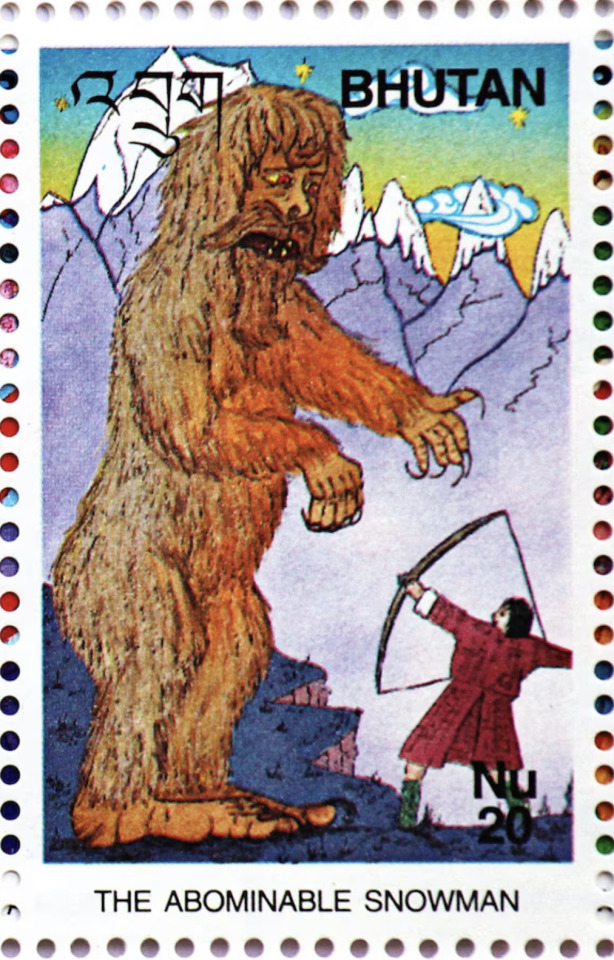
Several Southeast Asian countries use the Yeti, similar to North America’s Bigfoot, in their destination branding, as in this 2014 Bhutanese stamp. Photograph By Doreen Fiedler, Picture Alliance / Getty Images
Its tale is 6,000 years old, says Ram Kumar Panday, a Nepali geographer and author of multiple books about the Yeti. But the furry beast was a regional fairytale until British explorer Eric Shipton claimed to have photographed a 13-inch-long footprint, hominoid in appearance, in the snow of Nepal’s Menlung Glacier, west of Mount Everest, Panday says.
This image haunted newspapers and televisions worldwide. Explorers soon inundated the Himalayas, competing to detect the cryptid. The deluge of foreign visitors prompted the Nepal government to issue strict regulations on Yeti hunts, which required those involved to only photograph and not harm any creatures they encountered.
Over the following decades, the Yeti became a powerful tourism brand in Nepal. This beast’s foot forms the logo of the domestic carrier, Yeti Airlines, while hotels, restaurants, cafés, and tour companies profit off its name. In early 2020, the Nepal government made the cryptid a centerpiece of its tourism campaign, placing dozens of Yeti statues at key attractions.
As an intrinsic part of Nepal’s lore, the Yeti is a worthwhile tourist draw, Panday says. Travelers intrigued by the beast should trek to Mahalangur Himal. This wild Himalayan region, home to several of the world’s tallest peaks, including Mount Everest, Lhotse, Cho Oyu, and Makalu, is the Yeti’s key habitat and the location of most of its sightings, he says.
Visitors to this region can learn dozens of Yeti legends from its Sherpa communities. Ancient scrolls kept in Himalayan monasteries reveal the tale of how the Yeti was born to a Tibetan mother and a Mahalangur giant ape, Panday explains.

Mahalangur Himal, best known for some of the world’s tallest peaks, is said to be a popular site for spotting the Yeti. Photograph By iStock, Getty Images
Other Nepalis are more skeptical. Veteran Kathmandu tour guide Sushil Nepal says even as a child he viewed Yetis as a sham. Now, when his customers ask about the monster, he tells them it’s widely considered a myth. Nepal says he dislikes cryptotourism, which steals focus from the country’s remarkable architecture and ancient traditions.
“I don’t think the Yeti is a valuable tool to promote Nepal tourism,” he says. “We have a lot of tangible and intangible cultural heritage. Nepal should focus on its rich natural diversity.”
Many researchers are similarly dubious about this cryptid. In 2017, DNA analysis of alleged Yeti teeth, hair, and fur, published by Proceedings of the Royal Society B, found this mythical beast may have been inspired by real animals—the Himalayan black and brown bears.
Academics have also offered scientific explanations for Australian cryptids and the Loch Ness Monster, yet these legends persist. “People have always been fascinated by things in nature which confuse us, things which we just don’t understand,” Opit says. “That’s not going to change any time soon.”
— Ronan O’Connell is an Australian Journalist and Photographer who Shuttles Between Ireland, Thailand, and Western Australia.
#Loch Ness Monster#Nessie and the Yeti#Aboriginal#Global | Cryptid-Chasing | Industry#Loch Ness | Scotland 🏴 | Australia 🇦🇺#Fantastical Beasts#Lucrative#Spawning#Controversial | Tourism#Lore | Science#Abominable | Snowman#Ronan O’Connell | Australian | Journalist | Photographer#Ireland 🇮🇪 | Thailand 🇹🇭 | Western Australia 🇦🇺
6 notes
·
View notes
Text
🌳🌍 Earth 1.0.13 Update 🌲🌎
In our haste to push out the 1.0.12 update, we accidentally broke intelligent spawning, forcing new entities to spawn at the default position (Venus). We have since fixed this issue, and we apologize. Unfortunately, entities spawned on Universe™ Systems running EarthOS 1.0.12 cannot be restored. This includes respawns and new entity creation events (births). Once again, we apologize.
2 notes
·
View notes
Text

In the final stages of cleaning up the block.
#art#california#nature#bay area#mendocino#sonoma#printmaking#ink#illustration#mokuhanga#木版画#coho#fishing#salmon#ocean#river#spawning#fish
312 notes
·
View notes
Text
Artists, this is where you can OPT-OUT from having your work used to train AI. Type in your name or another artist's name to remove images from scraping.
Using actual artist's work to train AI so it can replace us is immoral and unethical. Please stop using AI "art" generators. They are built to make companies money. All talk of "creativity" is marketing. This is capitalism as its worst.

#AI#AI art#ai artwork#stable diffusion#midjourney#midjorneyart#art#morality#ethics#theft#scraping#spawning#artists#simulation#harmful#capitalism
2 notes
·
View notes
Text
I Overdosed on AI Music, and now I have a new rule. Universally true. All AI outputs prompted by other people is subjectively mid. But, all AI content you spawn yourself is objectively great.

View On WordPress
#ai#future#jay springett#music#permanently moved#podcast#present#slop#slop machine#spawning#thejaymo#trough
0 notes
Text
valuable life lessons from minecraft:
eye contact is dangerous
don't eat rotten meat
you have to sleep sometimes or else the phantoms get you
#gray.txt#4) if you dont like the biome you spawned in you can leave. but sometimes youll get attacked by monsters (socioeconomic factors)
20K notes
·
View notes
Text


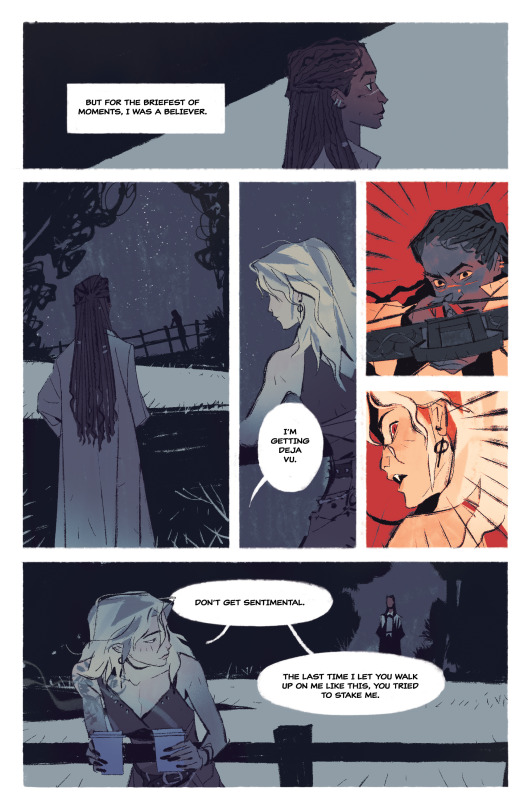

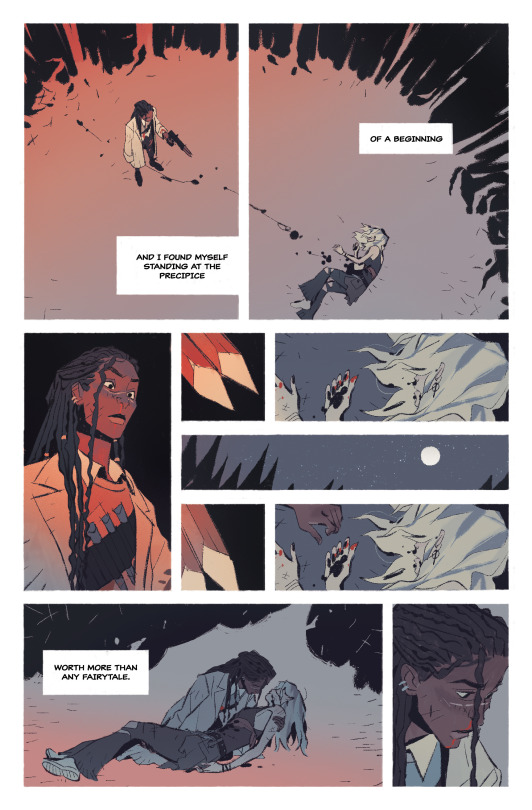
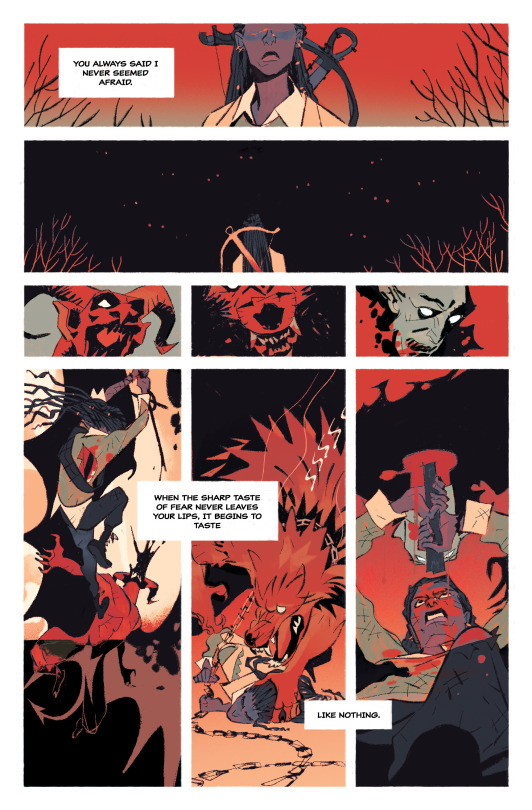


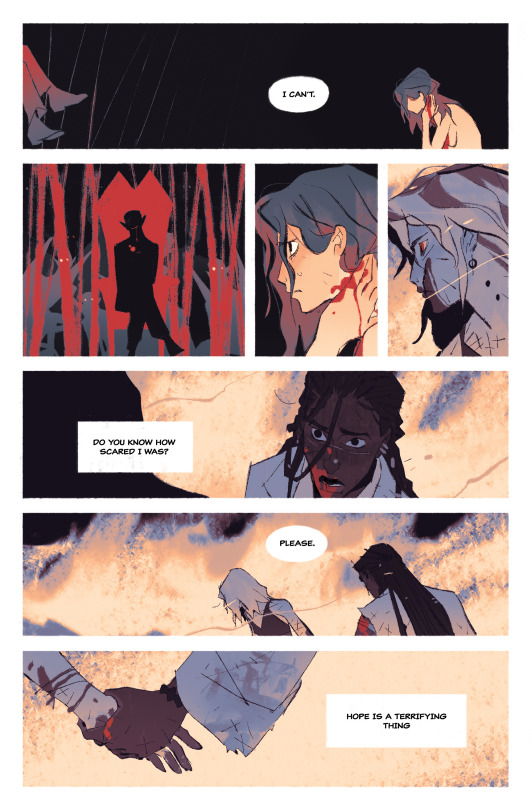



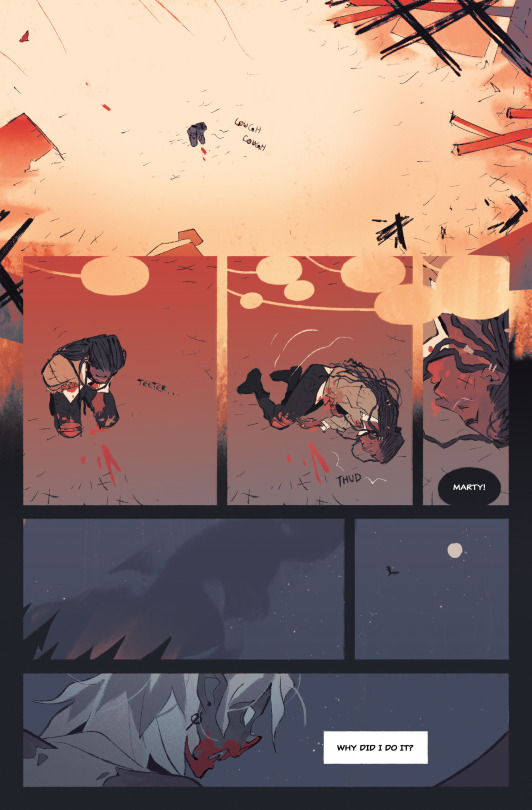
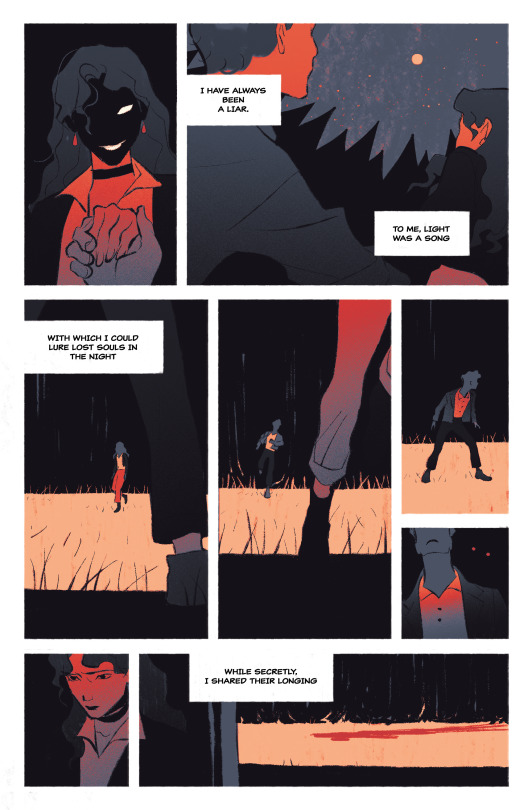
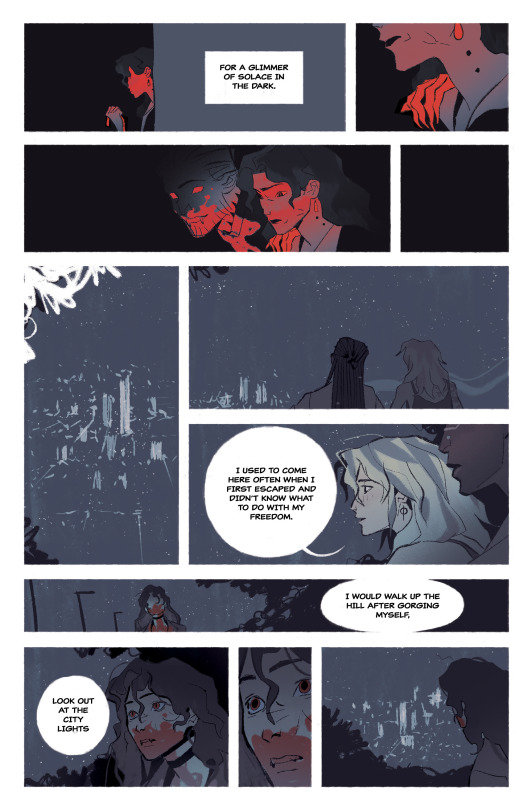
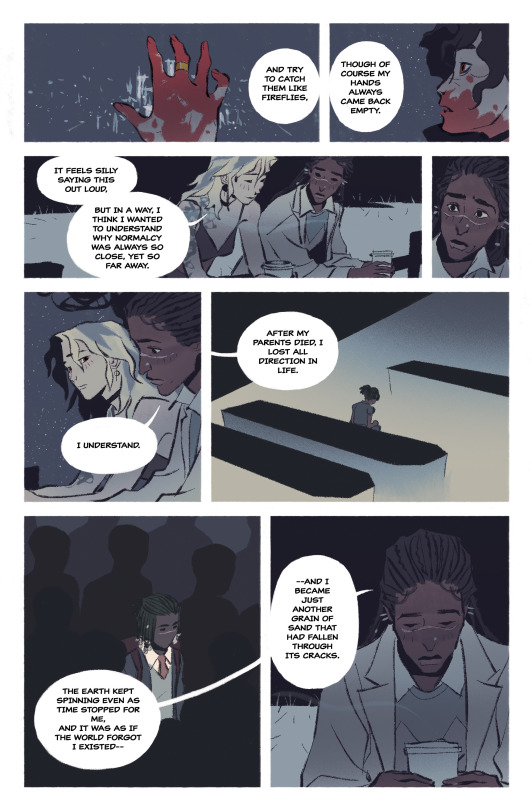
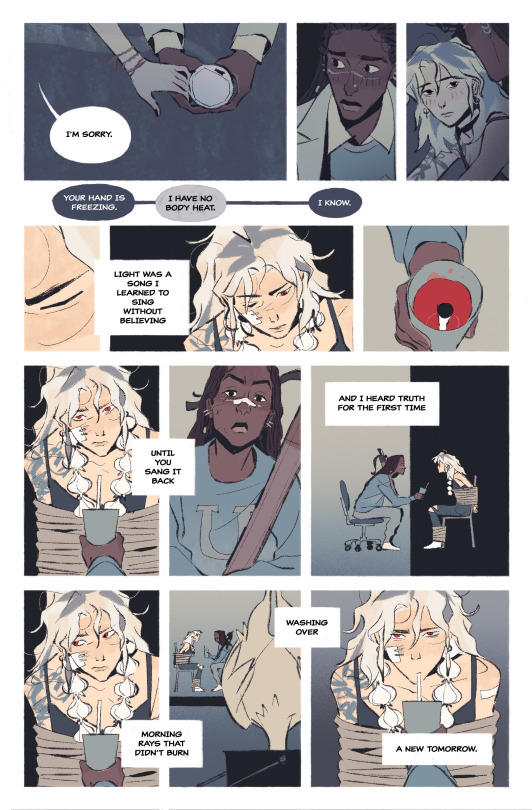


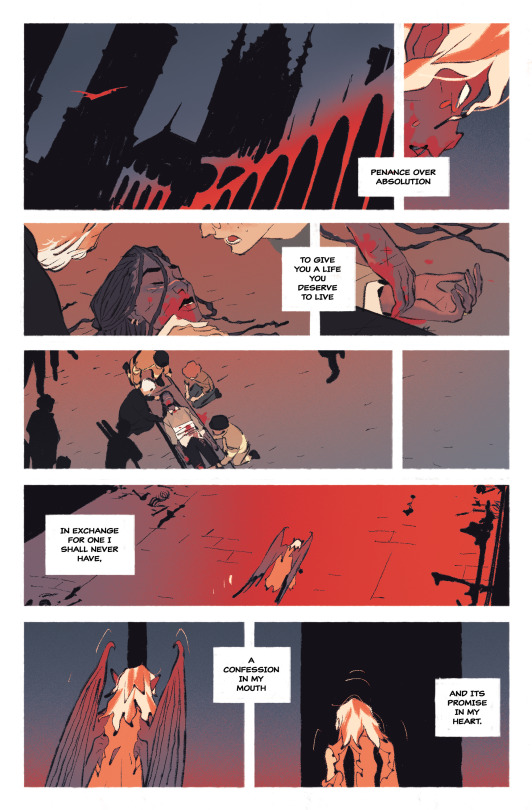

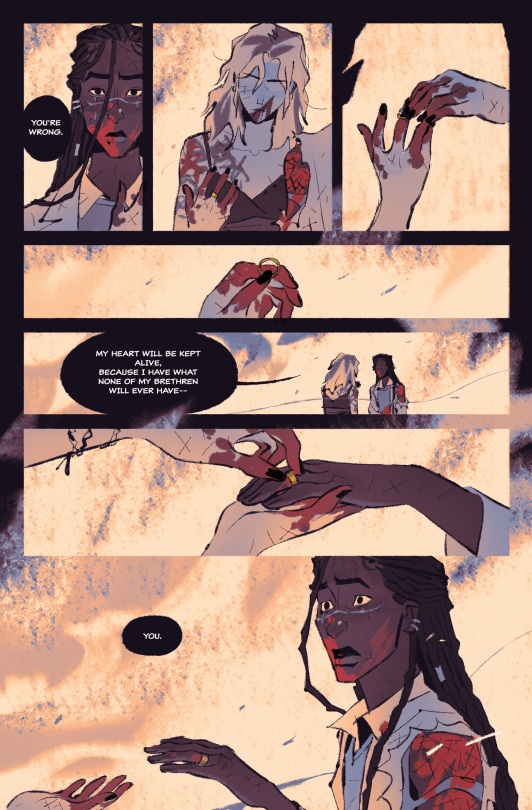

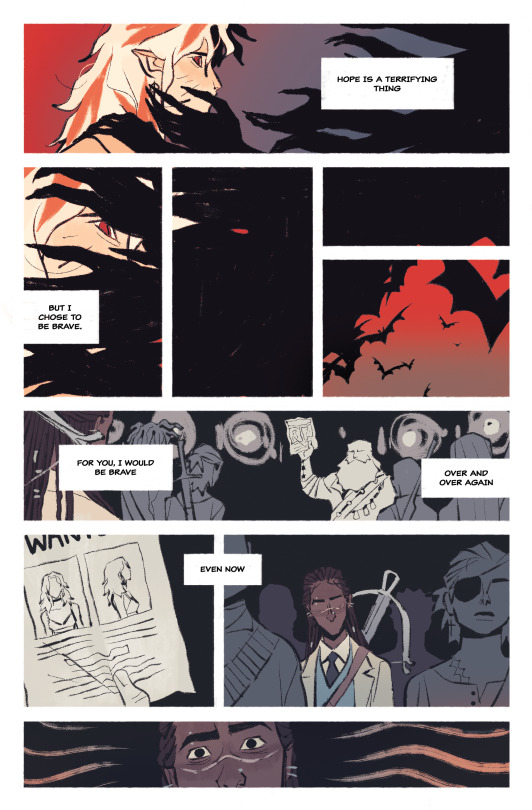
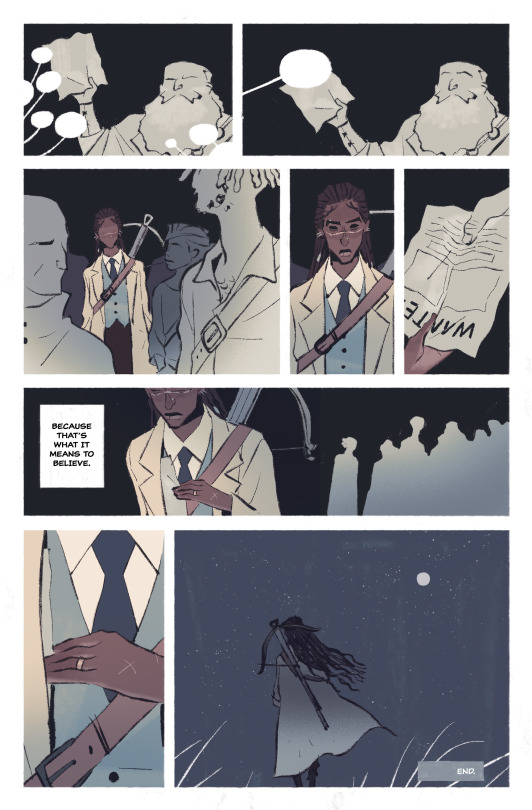
The vampire comic featuring Marty and Clarice that I made for my comics class this semester :DD enemies to lovers to ??????? but I promise eventually there's a happy ending
#character design#character art#digital illustration#character designer#ocs#digital art#comic#vampires#wyd when you're a vampire hunter but fall in love with a vampire spawn#but then she becomes a vampire lord and leaves you to take revenge on the other vampire lords#but not before you guys lowkey get married#and then you're tasked with killing her by your vampire hunter guild
4K notes
·
View notes
